Optimal Seasons for Foundation Repairs
Foundation repairs are most effective when performed during specific seasonal conditions. The optimal time depends on local climate, soil type, and moisture levels. Typically, dry and moderate weather conditions provide the best environment for foundation stabilization and repair work. Scheduling repairs during periods of stable soil moisture helps prevent further shifting or settling.
Spring often offers moderate temperatures and manageable moisture levels, making it a good time for foundation work. However, heavy rains can sometimes delay projects.
Summer provides longer daylight hours and warm weather, but excessive heat and drought conditions may cause soil contraction, impacting repair stability.
Fall is usually ideal due to cooler temperatures and consistent moisture levels, reducing soil movement during repairs.
Winter is generally less suitable due to freezing temperatures and frozen ground, which can hinder excavation and other repair activities.
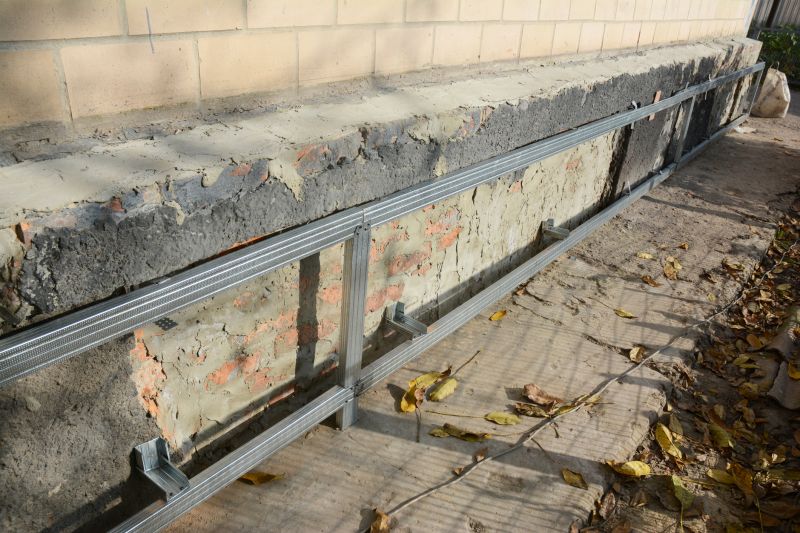
Springtime conditions promote effective foundation stabilization.

Warm weather can accelerate repair processes under suitable conditions.
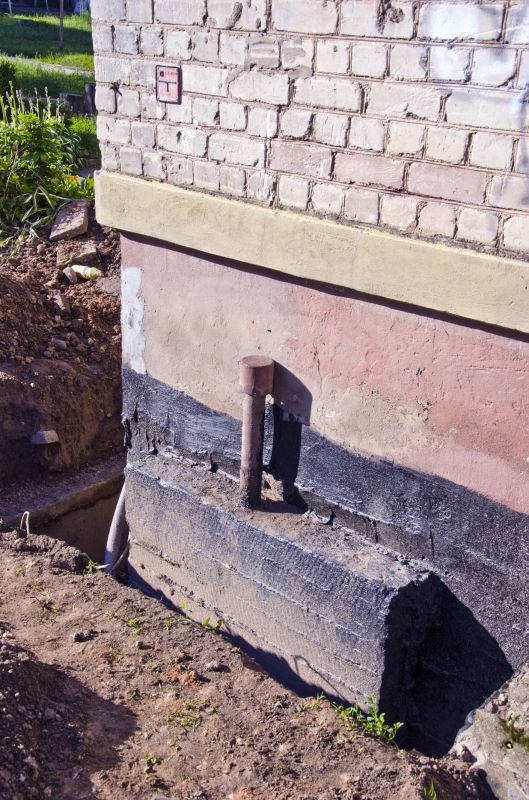
Fall offers favorable conditions for foundation work with cooler temperatures.

Ways to make Foundation Repairs work in tight or awkward layouts.
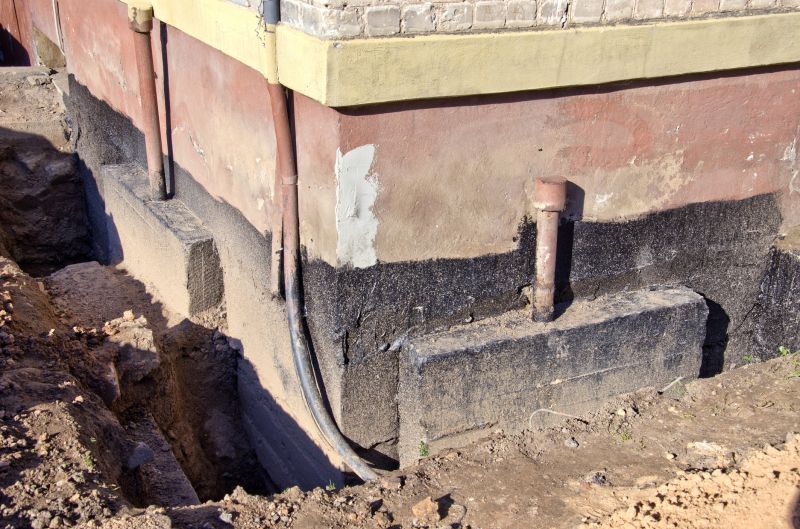
Popular materials for Foundation Repairs and why they hold up over time.
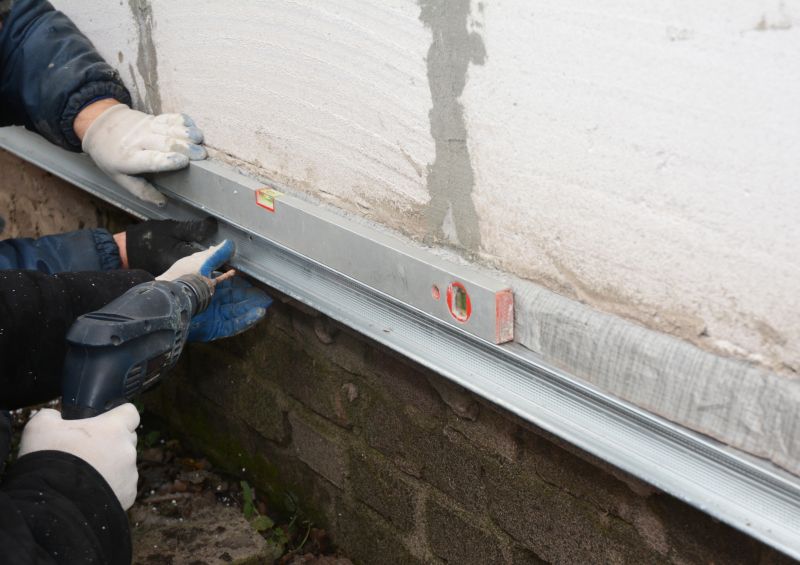
Simple add-ons that improve Foundation Repairs without blowing the budget.
| Season | Ideal Conditions |
|---|---|
| Spring | Moderate temperatures, manageable moisture, less rain |
| Summer | Warm weather, longer daylight, watch for drought conditions |
| Fall | Cooler temperatures, stable moisture levels |
| Winter | Freezing temperatures, frozen ground, limited accessibility |
Foundation repairs involve addressing issues such as settling, cracking, and shifting that compromise structural integrity. These repairs often include underpinning, piering, and stabilization techniques designed to restore stability and prevent further damage. Proper timing maximizes the effectiveness of these methods, reducing the risk of recurring problems.

Visual overview of foundation stabilization techniques.
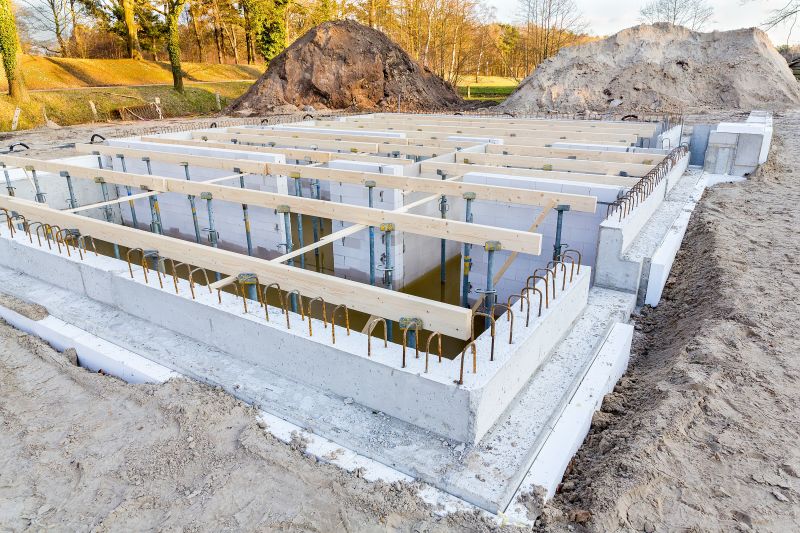
Supporting a foundation with piers and anchors.
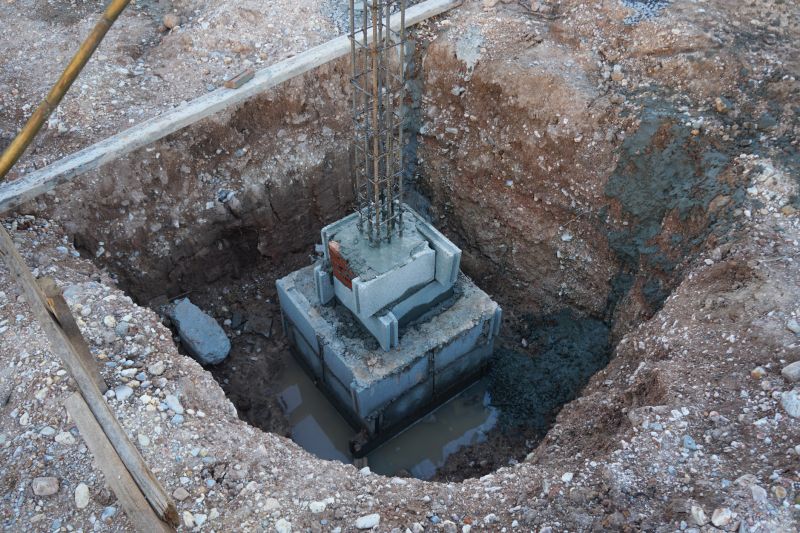
Methods to improve soil conditions before repairs.
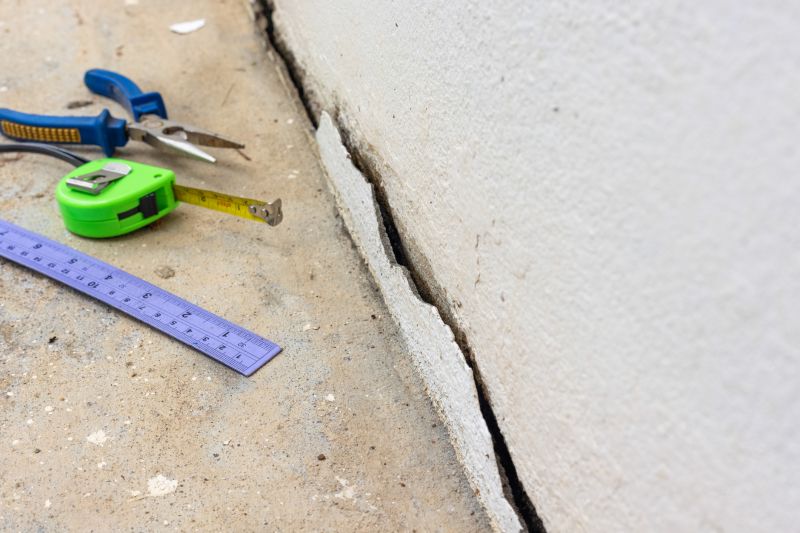
Sealing and reinforcing foundation cracks.

High-end options that actually feel worth it for Foundation Repairs.
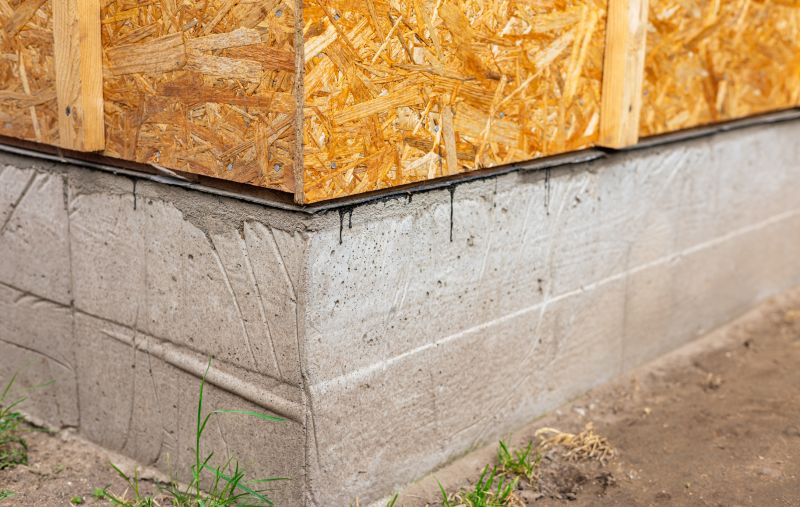
Finishes and colors that play nicely with Foundation Repairs.
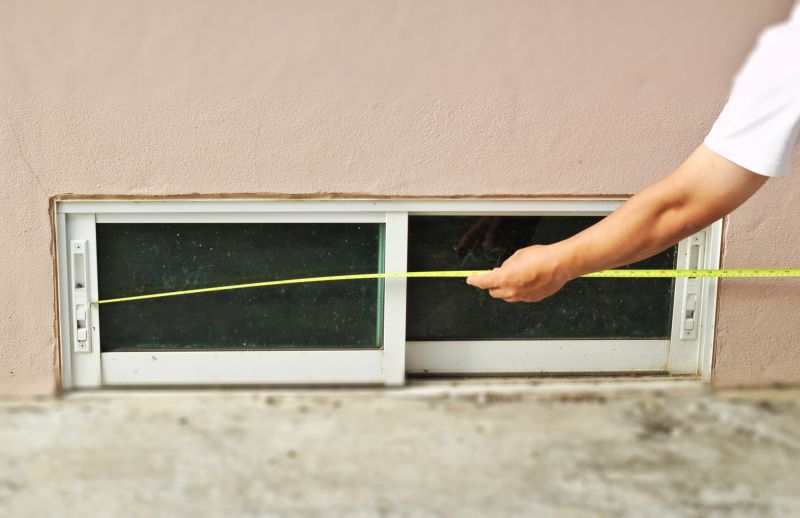
Little measurements that prevent headaches on Foundation Repairs day.
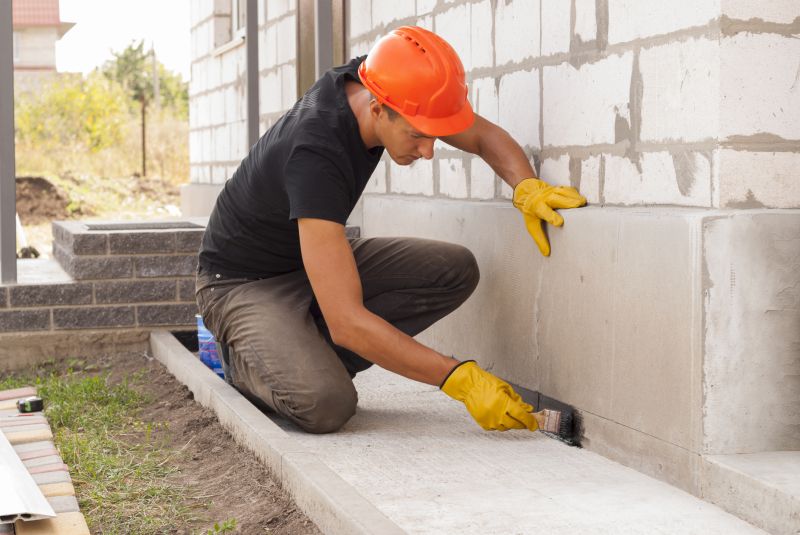
A 60-second routine that keeps Foundation Repairs looking new.
Timely foundation repairs help prevent extensive structural damage and costly renovations. Recognizing signs such as cracks, uneven floors, and doors that stick can indicate the need for professional assessment. Consulting with foundation specialists ensures repairs are performed under optimal conditions, enhancing durability and stability.




